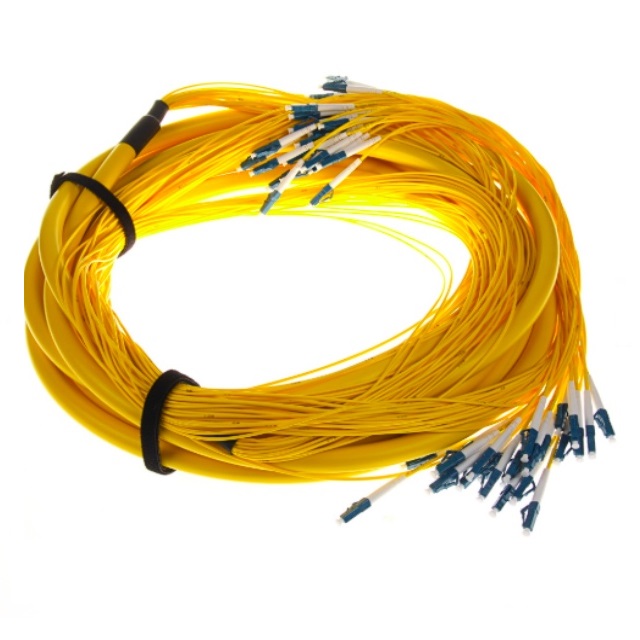LC/LC single mode fiber is a commonly used form of optical communication, providing high bandwidth and reliability for demanding network applications. It’s a popular choice for transmitting data over long distances and offers benefits such as high speeds and minimal signal loss.

However, there are several variants of LC/LC single mode fiber that each have unique properties and advantages. Below is an overview of the most common variants and their applications.
- Standard single mode fiber (G.652) – This is the most common variant of LC/LC single mode fiber and is specifically designed for use in telecommunication systems. It is highly reliable and has a high bandwidth, making it perfect for use in networks that need to transmit a lot of data, such as internet services and video and audio streaming.
- Non-zero dispersion shifted fiber (NZDSF) – This variant of LC/LC single mode fiber is designed to reduce signal loss, providing higher yields and better performance over long distances. It’s a popular choice for networks that need to transmit data over large distances, such as metropolitan rail lines and large corporate networks.
- Bend-insensitive fiber (BIF) – This type of LC/LC single mode fiber is specifically designed to withstand bending and distortion, making it suitable for use in areas where the network undergoes a lot of movement. It’s an excellent choice for applications such as automation and industrial control, where bending and moving components can pose a significant problem.
- Terabit fiber – This variant of LC/LC single mode fiber is designed to transmit huge amounts of data over long distances. It offers unparalleled bandwidth and reliability and is an excellent choice for networks that need to transmit large amounts of data, such as data centers and cloud computing applications.
In conclusion, there are several variants of LC/LC single mode fiber that each have unique properties and advantages. It’s important to choose the right variant for your specific application to ensure optimal performance and reliability.